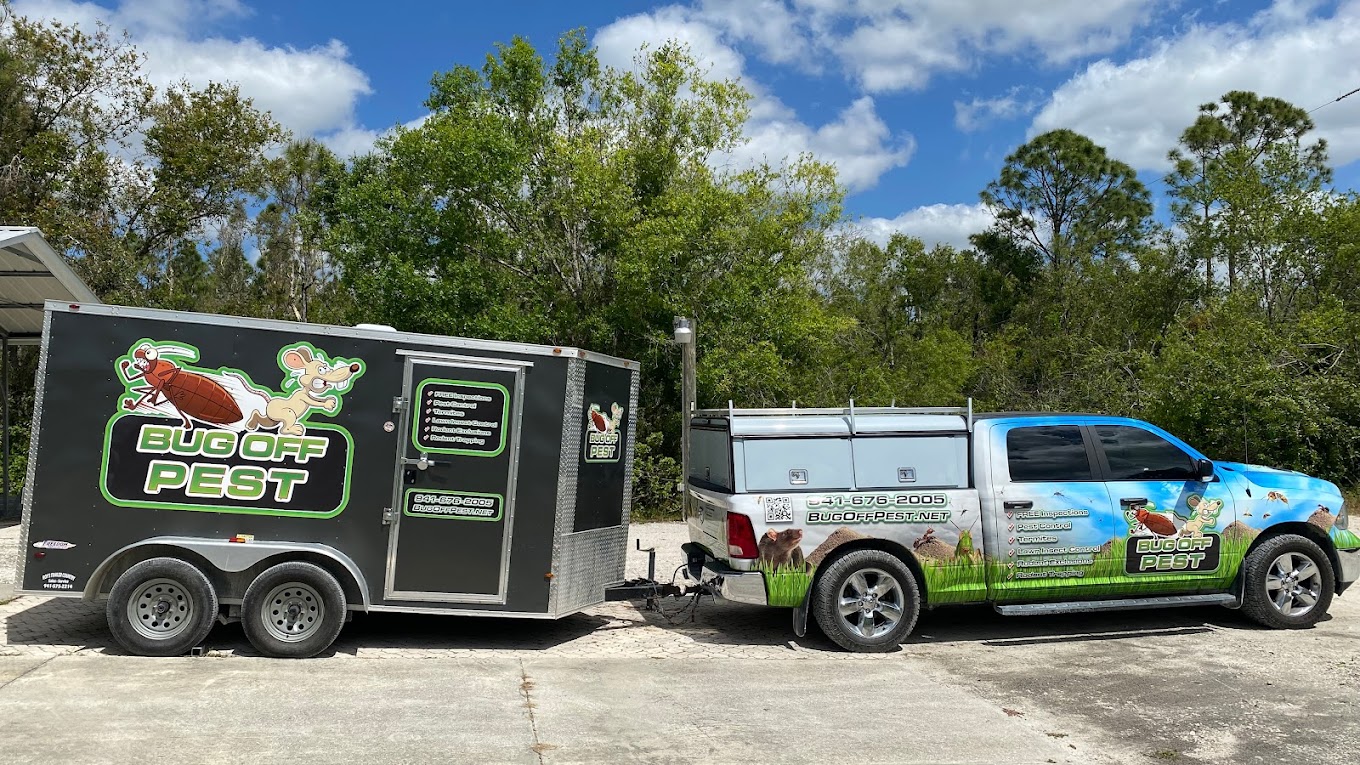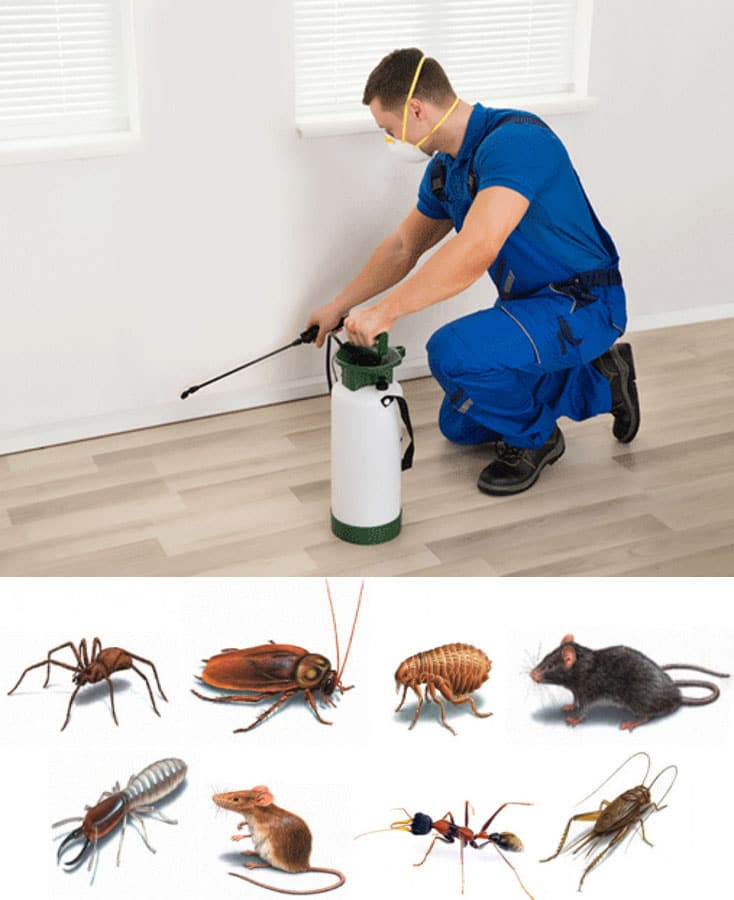Discovering Cutting-edge Techniques and Products for Effective Parasite Control
The landscape of insect control is progressing, marked by the appearance of innovative strategies and items made to boost performance and sustainability. From smart traps outfitted with advanced monitoring systems to organic methods that utilize all-natural predators, these improvements provide a paradigm change in how we come close to pest administration.
Smart Traps and Keeping Track Of Systems
How can modern innovation boost bug management? One substantial innovation is the growth of wise catches and keeping track of systems, which give real-time information and analytics for efficient pest control. These systems use sensing units and wireless technology to discover pest activity, signaling residential or commercial property managers and insect control specialists to infestations prior to they intensify.
Smart traps are geared up with functions such as lure terminals that draw in insects and capture them efficiently. These catches can be kept an eye on from another location, enabling for timely treatments and decreasing the need for comprehensive chemical applications. Moreover, the combination of artificial intelligence formulas makes it possible for these systems to separate between target parasites and non-target species, improving the precision of bug control actions.
Additionally, the data collected from clever traps can be examined to recognize patterns in insect actions and environmental elements contributing to infestations (Pest Control in Port Charlotte). This details is important for establishing targeted bug administration techniques tailored to specific environments. By welcoming wise traps and keeping an eye on systems, insect control professionals can improve their operational effectiveness and lower the eco-friendly effect of bug management, eventually leading to much safer and much more sustainable techniques in the industry
Organic Parasite Control Methods
Making use of all-natural predators and parasites, biological insect control techniques supply an environmentally pleasant choice to chemical treatments. This method entails the introduction or improvement of details organisms that can naturally regulate parasite populations, consequently decreasing dependence on artificial chemicals. Usual examples include making use of ladybugs to regulate aphid infestations and parasitic wasps to target caterpillars.

Biological control can be classified right into 3 major strategies: classical, augmentative, and preservation. Classical organic control involves importing natural opponents from the parasite's indigenous environment, while augmentative control entails raising the populace of existing all-natural adversaries via releases. Conservation methods concentrate on creating conditions that sustain these advantageous microorganisms in the ecosystem.
The efficiency of organic pest control pivots on recognizing the complicated interactions within ecosystems. It commonly requires a thorough evaluation of insect characteristics and the life cycles of both the parasites and their all-natural adversaries. While biological techniques visit this page may not supply prompt outcomes like chemical options, they contribute to long-term bug monitoring and ecological community health. As understanding of ecological problems expands, biological insect control techniques are significantly identified for their lasting role in incorporated pest administration programs.
Eco-Friendly Chemical Alternatives
Environmentally friendly chemical options supply a feasible solution for insect monitoring that minimizes ecological influence while properly managing pest populaces. These options are derived from natural sources and are meticulously developed to target particular insects without hurting valuable organisms, making them an essential element of sustainable bug control strategies.
Among one of the most reliable eco-friendly alternatives are plant-based pesticides, such as neem oil and pyrethrin, which are originated from the seeds and blossoms of numerous plants. These materials interrupt the life cycles of insects, reducing their populations without the toxic impacts associated with conventional pesticides - Pest Control in Port Charlotte. In addition, vital oils like peppermint and clove oil exhibit repellent buildings, even more improving their energy in insect management

Moreover, eco-friendly chemical options often damage down faster in the setting, reducing the threat of soil and water contamination. This characteristic aligns with the raising customer demand for lasting techniques in agriculture and city pest control. As research continues to breakthrough, the advancement of cutting-edge green solutions will further enhance efficacy and widen application locations, making it possible for pest management experts to adopt greener, a lot more accountable techniques in their practices while securing human health and the setting.
Pheromone Disturbance Strategies
Another ingenious method in sustainable pest monitoring is making use of scent interruption techniques. These approaches make use of the natural chemical signals, or pheromones, that pests use for interaction, specifically in breeding behaviors. By interfering with these signals, parasite populations can be effectively taken care go to the website of without considering hazardous chemicals.
Scent catches are typically used in this method. Over time, this can lead to a significant decline in bug populations.

Integrated Bug Administration Approaches
Efficient pest control typically calls for a comprehensive strategy, and Integrated Pest Monitoring (IPM) strategies offer a framework for attaining this objective. IPM incorporates different management practices to decrease bug populations while decreasing dependence on chemical pesticides. This multifaceted strategy begins with comprehensive monitoring and recognition of bugs, permitting for targeted interventions based on particular bug pressures.
Social methods, such as plant rotation and hygiene, play a vital role in protecting against parasite facility. Biological controls, including natural predators and parasitoids, are employed to keep insect populations at workable levels. When required, discerning chemical therapies are used, highlighting lower poisoning to non-target varieties and the atmosphere.
Furthermore, education and learning and outreach are essential components of IPM, advertising awareness among stakeholders about lasting practices and pest life process. The flexibility of IPM enables experts to react properly to changing pest dynamics and ecological conditions. By using this all natural approach, IPM not only boosts insect control efficiency however additionally adds to long-term ecological balance. Inevitably, Integrated Bug Management stands for a forward-thinking option that straightens agricultural productivity with environmental stewardship, making it necessary in contemporary insect control strategies.

Conclusion
In final thought, the combination of innovative strategies and items for efficient bug control stands for a considerable innovation his response in sustainable insect management. Smart traps and keeping track of systems, organic bug control methods, environment-friendly chemical options, and pheromone interruption techniques collectively enhance the efficiency of parasite monitoring strategies.